By Kirby Vickery & Freda Rumford from the October 2012 Edition
BACK AT THE RANCH
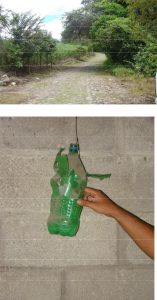
Sugar on the left and coffee on the right
There are two major Haciendas and many smaller growers of coffee in the Comala area.
The Hacienda San Antonio nestles in the shadow of the Volcan de Fuego. The 1913 eruption of the Volcan de Fuego was particularly violent and threatened many homes in the valleys surrounding the mountain. Legend has it that the wife of the owner of the then Hacienda de la Cruz was a very religious woman who during the chaos of the erupting volcano and the threatening lava, prayed to Saint Anthony to spare the Hacienda and its inhabitants from an almost certain fiery death. She promised that if this would happen she would name the hacienda after the saint. Yet the lava still progressed towards her and was but a mere 150 meters from reaching the hacienda when the volcano calmed suddenly and the lava stopped flowing. The Hacienda has been known as the Hacienda San Antonio since that time and has flourished. Each
year, on June 7th there is a special feast for the Hacienda’s patron saint. The Hacienda has also become a hotel for the rich and famous. It is small and discreet with its own airfield for special guests not wishing to use commercial airlines.
The second big Hacienda is that of the Hacienda of Nogueres. This estate was originated as a gift to the Franciscan monks by Herman Cortes in 1531. The estate was purchased by the Rangel Family in 1873 and the last private owner was the famed artist, Alejandro Rangel. He willed the Hacienda to the University of Colima upon his death in 2000. Since then, the Governors of the estate have restored the Franciscan Church and the hacienda. They have turned one house into a museum and are now developing the gardens surrounding the house into an arboretum featuring the local flora of Colima.
It was the German workers who came to Mexico under the auspices of President Porfirio Diaz (president of Mexico from 1876-1911) who initially introduced coffee to Mexico. The Mexican Haciendas took their coffee to the Louisiana Exposition of 1904 where it was sold to The Waldorf Astoria Hotel thus creating the first international customer of importance.
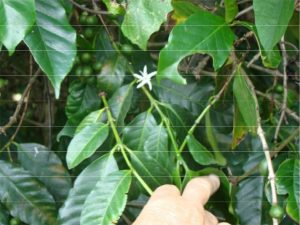
Coffee plant with berries and flower
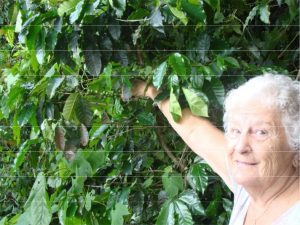
The plants have waxy looking leaves and the beans initially are green, then turn yellow and are red when ripe. The beans are sometimes picked individually but mostly the branches are just stripped out taking the leaves with.
1) The coffee trees are mostly shade grown. If grown in the sun, the berries will ripen too quickly and not be as well formed or large.
2) The volcanic soil adds many minerals to the coffee.
3) The most popular variety grown in this area is Arabica.
4) It is grown in Comala at an altitude of about 1000 meters which slows its growth considerably.
5) When grown at or above that altitude, there is only 1 crop a year.
6) Below that altitude or in the sun there can be up to 4 crops a year but the beans are not of superior quality.
Mexico produces only 10% of that which is grown by Brazil.
Mexico is #6 in in the World of coffee growing, Brazil is #1.
It costs 1.6 pesos to grow 1kg of beans for which the farmer only makes 6 pesos kg.
There is a snake in every Eden and in this industry it is the Broca beetle which burrows into the bean eating the contents as it goes but leaving a healthy looking husk. It is unidentifiable until the beans are soaked and the empty husks float on the surface. Traps are set for the beetle consisting of nothing more elaborate that a cut-up two litre, soda-pop bottle filled with water which attracts the beetles then drowns them. This methodology allows the bean trees and their fruit to be completely organically grown.
The bean harvest is from December to April. After that it is just the growing and waiting season as the ovens lay idle during the summer months. This is the exactly same time frame for the sugar cane harvests. As a result, all farms and ranches are working at full tilt in those winter months as well.
When harvested the beans are taken to the processing plant and dumped into large silos. To prepare them for the roasting ovens they have to go through several procedures:
1) The beans are first placed into a SIFON (a large vat) to soak which allows the unripe beans to float to the surface to be skimmed off.
2) The beans are then dried in the sun on a large concrete pad.
3) Any beans left in the silo are put directly into the grinder and are mixed along with the husks of processed beans to be put into the soil to form fertilizer for the fields.
4) Once dried, the beans are removed to a rotating drying chamber to continue the process. This is where the last skin of parchment like thickness is also removed.
5) The raw beans are classified and bagged according to size into 59 kilo sacks.
The raw coffee bean looks like a raisin and is roasted in a similar manner to popping popcorn. Each grower adds their own particular flavour according to the type of roast. The most popular in this area is cinnamon. But, others, like hazelnut, are also popular.
The beans are roasted at a temperature of 180* Celsius. Then mixed and cooled very quickly. They are sold either as whole beans or ground coffee. Then it is labelled as ‘100% ALTURA – High altitude grown coffee.’ In the stock markets, coffee is the second most valued commodity after oil!. 95 % of the yield is sent to the U.S. and Europe. It takes 1 kilo of raw coffee beans to eventually brew 3 cups of coffee.
Growing on the side of a volcano has many benefits for the coffee lands. The heat from the underground lava and the minerals from the hundreds of eruptions over the centuries help the coffee not only to grow but to define its own individuality.
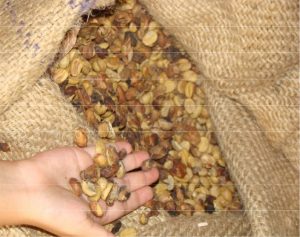
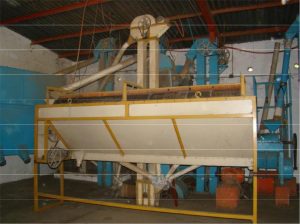
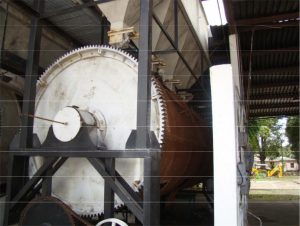
Download the full edition or view it online
—
Most knew her as Freda Rumford. Freda Anne Vickery was a founder, editor, and contributor of the Manzanillo Sun magazine. She was one of the founders and, took over being President of the Manzamigos, when her husband Nigel, died. When she first came to Manzanillo, she got a job writing for the Guadalajara Reporter and used that as a foundation for her later humanities work. Freda was born in the East side of London in 1934 but grew up in Norwich. Freda’s early life was one of overcoming things. As an example, she was born with a lisp but one of her first jobs was being a telephone operator after some extensive elocution lessons. She met and married a young military man and, like so many others, they and their children moved to Canada for his employment opportunities and she ended up working for the Hudson’s Bay Company in cosmetic sales in Calgary. They moved to BC and then to Manzanillo, for her health, which flourished in the tropical weather. After Nigel died, she later married Kirby Vickery. She later became ill and finally lost the battle with cancer on the 27th of February 2016.
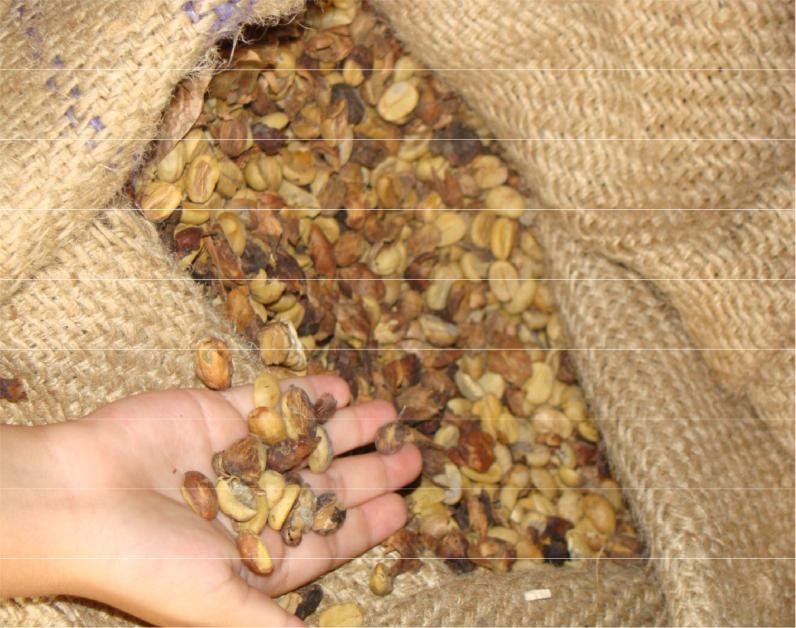



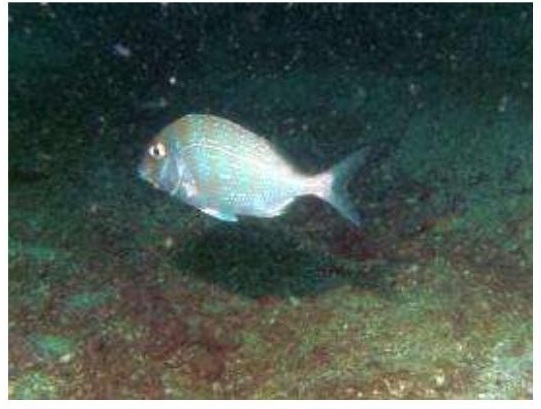
You must be logged in to post a comment.